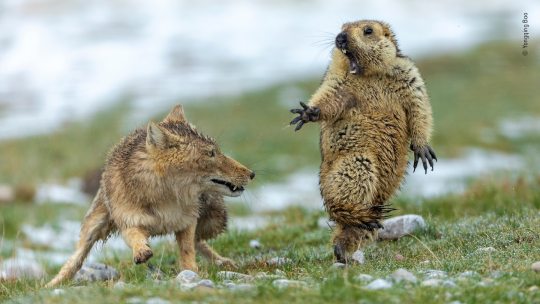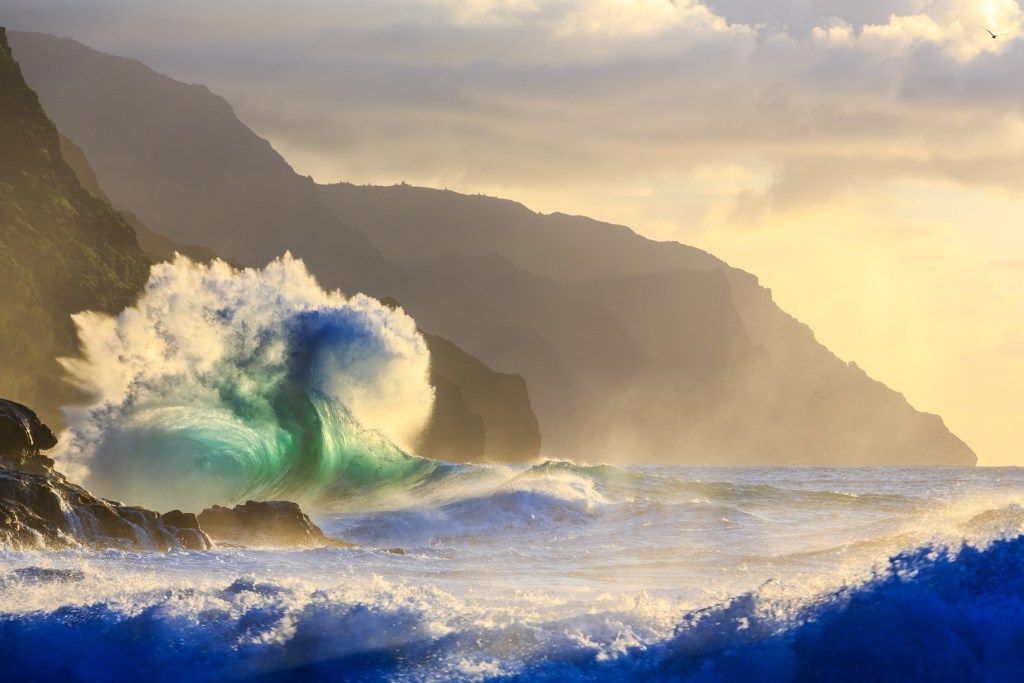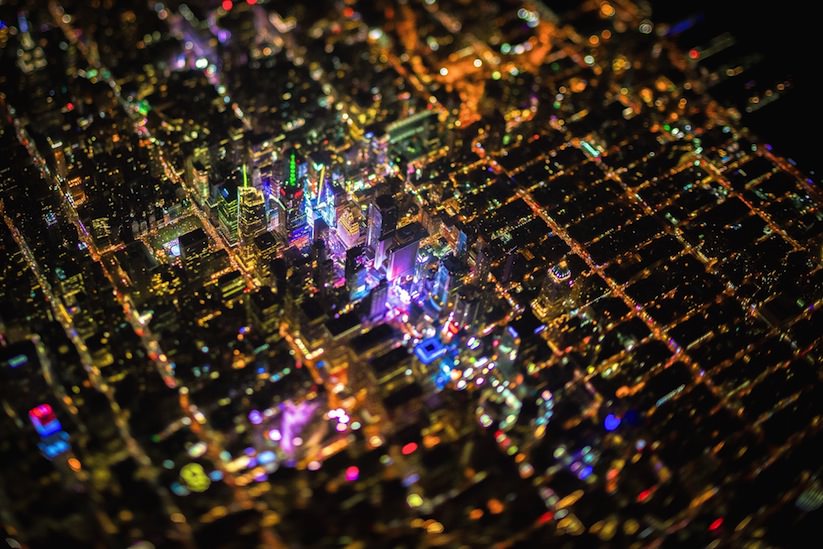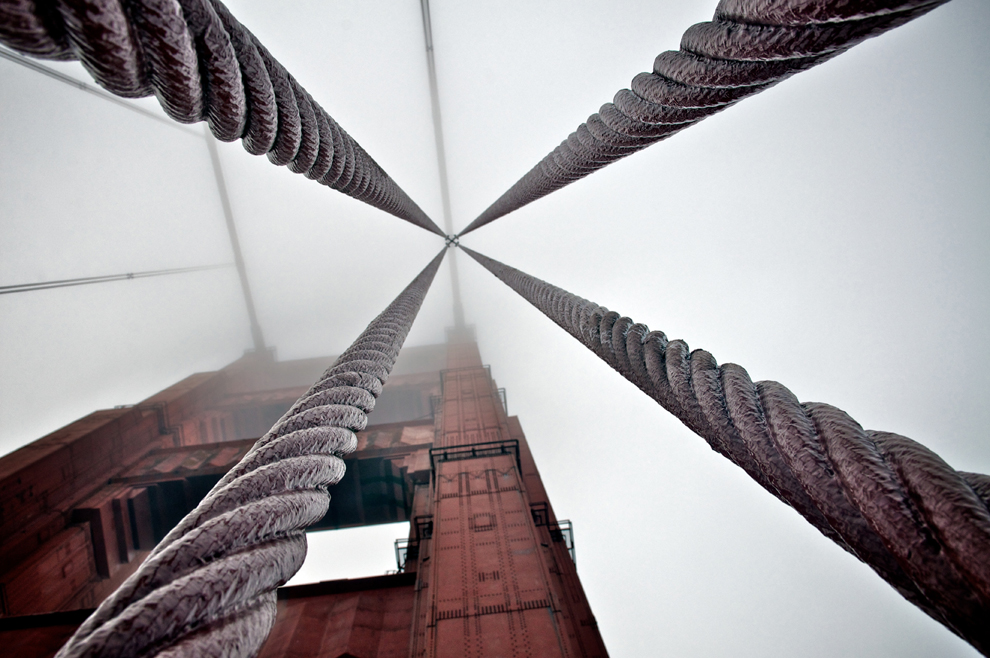
Wonderful photo from Daniel Dencescu recognized as "Highly Commended" by the UK Natural History Museum's Wildlife Photographer of the Year award.
C2PA's Butterfly Effect →
Unlike my typical blog entries, this blog is a very serious deep-dive into the C2PA provenance solution for photos, video, and other kinds of media. This solution is in the process of being adopted by hundreds of commercial organizations, from newsrooms and human rights observers to camera manufacturers and financial institutions. I explicitly cover multiple security-related issues in the C2PA specification that enable a wide range of fraudulent activities, from the small-time catphishers and online merchant scammers to nation-state propaganda efforts and large-scale financial fraud. Consumers and corporations need to be aware: C2PA does not provide reliable and validated information about a photo's origins.
How Apple built the iPhone 13's Cinematic Mode – TechCrunch →
A great look into the capabilities of Apple's new Cinematic Mode for iPhone 13 as well as some of the technology behind it. Don't miss the demo video for real-world examples.
Understanding ProRAW →
A journey into cameras, RAW, and a look at what makes ProRAW so special - and how it could change how everyone shoots and edits on iPhone.
Some really good technical details in this post.
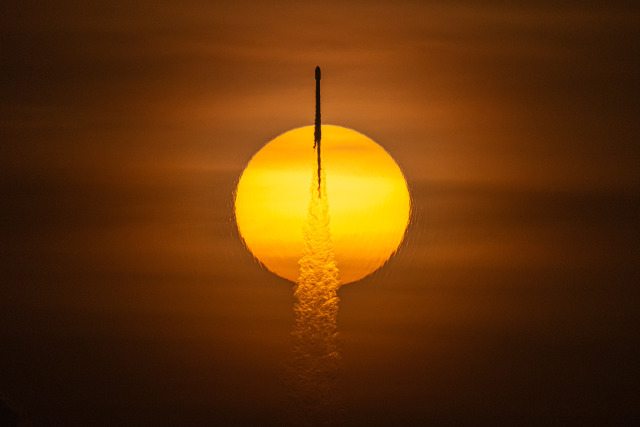
Oh my goodness that's pretty. Trevor Mahlmann captures Space X's latest launch for Ars Technica.
Nvidia AI turns sketches into photorealistic landscapes in seconds →
Today at Nvidia GTC 2019, the company unveiled a stunning image creator. Using generative adversarial networks, users of the software are with just a few clicks able to sketch images that are nearly photorealistic:


via Jasman Mander, Ben Cooper, J W Photography, www.em34.com, and reelfilmgeek
In the Future, We Will Photograph Everything and Look at Nothing →
In other words, "the term 'photographer' is changing," [...]. As a result, photos are less markers of memories than they are Web-browser bookmarks for our lives. And, just as with bookmarks, after a few months it become hard to find photos or even to navigate back to the points worth remembering.
Lytro Cinema. There's a pretty good breakdown of how the technology works for the original consumer cameras on YouTube.
There's a difference between Instagram and photography — the way they're used. An Instagram is to photography as texting is to prose.
— Tom Zimberoff, "Cameras Were Invented for Inarticulate Photographers Like Me"
Bugging Out: How Rampant Online Piracy Squashed One Insect Photographer →
Excellent look at the copyright system from the perspective of an individual up against small or independent businesses.
The story behind the XP wallpaper we'll never forget (by Microsoft)
Everything About This Tiny, Adventurous Lego Photographer is Awesome →
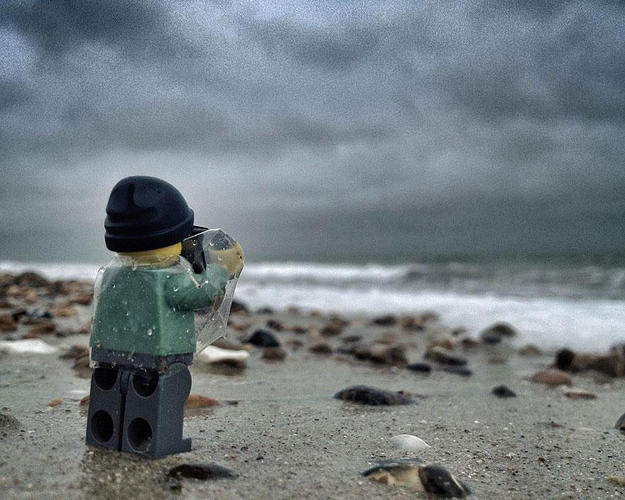
Legos and photography? Perfect.
Moments, memory, story, beauty. Basically in that order.
— Craig Mod, Photography, hello
Craig digs deep into the purpose of photography and the impact software has had on destroying the camera but freeing the photograph in our networked world.
Hurricane Sandy in Photos →

I'm not sure if the satellite photo of the storm, this shot of an empty Grand Central station, or the shot of an empty NYC highway is more shocking.

(via The 45 Most Powerful Images Of 2011)
Powerful photos from Joplin to Japan, including Occupy Wall Street, Libya, Thailand, and elsewhere.
Beauty Now in the Eye of the Algorithm →
New technology from Xerox can sort photos not just by their content but also according to their aesthetic qualities, such as which portraits are close-in and well-lit, or which wildlife shots are least cluttered.
The determinations are made using machine learning applied to highly rated online photos of the same subjects. Essentially, Xerox is crowd-sourcing their algorithm across the Internet. Pretty clever, but we'll see how it works out.
Alexa Meade: Real-Life Painting-Performances →

American artist Alexa Meade creates her representational paintings directly on her subjects, covering people and objects in layers of acrylic paint before photographing them. The works offer an unusual conflation of painting, installation, and photography, as the three-dimensional forms are collapsed in space, taking on a 2D appearance in the prints. In her exhibitions, Meade frequently paints over small rooms in which a human subject sits for the duration of the show, offering a performative aspect to her work.
Bizarre, but creative, for sure.
"Has That Been Photoshopped A Lot?" →
Ben Long, CreativePro.com:
"Image editing" starts as soon as you lift your eye to the viewfinder. What you choose to include in the frame is a massive edit of the scene before you, and it's important to understand just how powerful this "cropping" of the real world can be.

MSNBC highlights the unprecedented photos of the space shuttle docked with the International Space Station, all of which can be seen (and downloaded) in high-res from NASA's gallery.
Night Photography: Finding your way in the dark →
We're so use to associating the opportunity of taking amazing photographs when it's 80 degrees on a bright sunny day that we can't help feel we've wasted this chance if we didn't make it outside with our camera but this beautiful video on night photography gives you the encouragement to experiment shooting once the sun goes down.
Really cool stuff from Big Bend.
Make: Long-Exposure Signal Strength Pix
How cool would it be to take this concept and turn it into a topological map over, say, a college campus, to be able to see the signal strength represented as actual mountains and valleys?
World Press Photo Winners →
Over 5,691 photographers entered 108,059 images in the 2011 World Press Photo Contest and after the two-week judging period, 56 were named winners in nine categories.
Through My Eye, Not Hipstamatic's →
Damon Winter of The New York Times won third place for feature picture story from Pictures of the Year International with photographs taken on an iPhone using the Hipstamatic app. Critics have pounced. The debate over the propriety of using apps, already hot, is intensifying.
Here, Damon gives a well-written response to the criticism: photography is about composition, technique, and aesthetics, not the equipment you use.
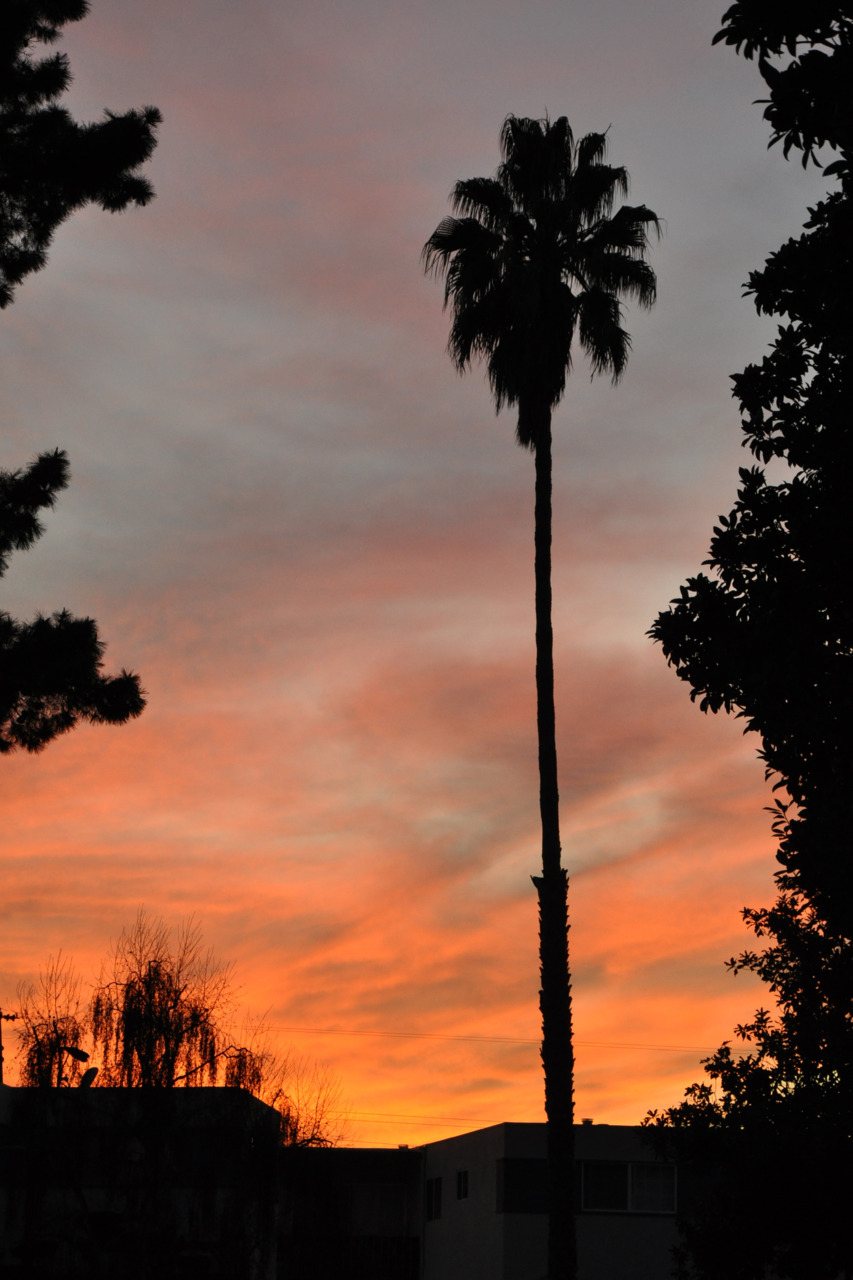
No snow here...
Nikon D90, 66mm, 1/60s at f/5.3, ISO 800
2010 in Photos →
As usual, a great set of shots from the Boston Globe's Big Picture. Be sure to catch parts 2 and 3.
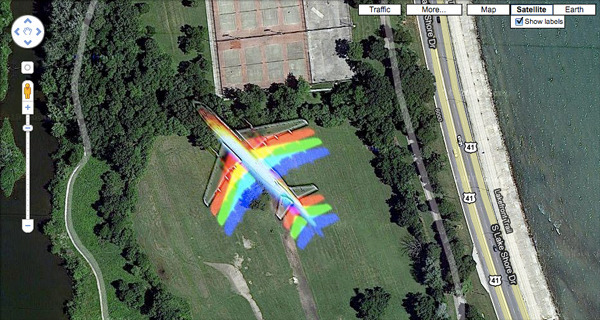
When a Plane Flies Through a Google Maps Satellite Image
Turns out this happens fairly frequently around airports. It also turns out you can do some math and figure out the shutter speed on the satellite.
Don't Be Ugly By Accident! →
Photography as it relates to dating profiles.
Microsoft Research: Motion Un-Blurring →
Interesting approach to removing blur from photographs by recording the user's movement while pressing the shutter.
Macworld iPhone 4 Cover →
Shooting and editing the cover of the iPhone 4 issue of MacWorld with an iPhone 4.
Journey Through Canyons
I've hiked or backpacked three of the four canyons featured in Metron's (no name given) film, Journey Through Canyons. Surprisingly, the Grand Canyon is the only one I've not seen in person.
Be sure to check the Flickr photoset showing the DSLR gear used to create the film: Canyons, Making Of.
I neither had the time, the equipment, or the expertise to do this, nor was the weather particularly forgiving enough in my time at the canyons. But this gives you a rough idea of what I saw. I hiked at least one of the same trials.
P.S. On a unrelated note, I continue to experience problems with Vimeo on every video in every browser using either Flash or HTML5, with the exception of Safari's HTML5. Super frustrating for a "professional" site.

I got a few questions about how I managed to take the self-portrait shot, so here's the original. I used several mirrors in my bathroom, a couple of boxes and binders for height, angle, and background, and a nice crop. Not a bad illusion, after all that.
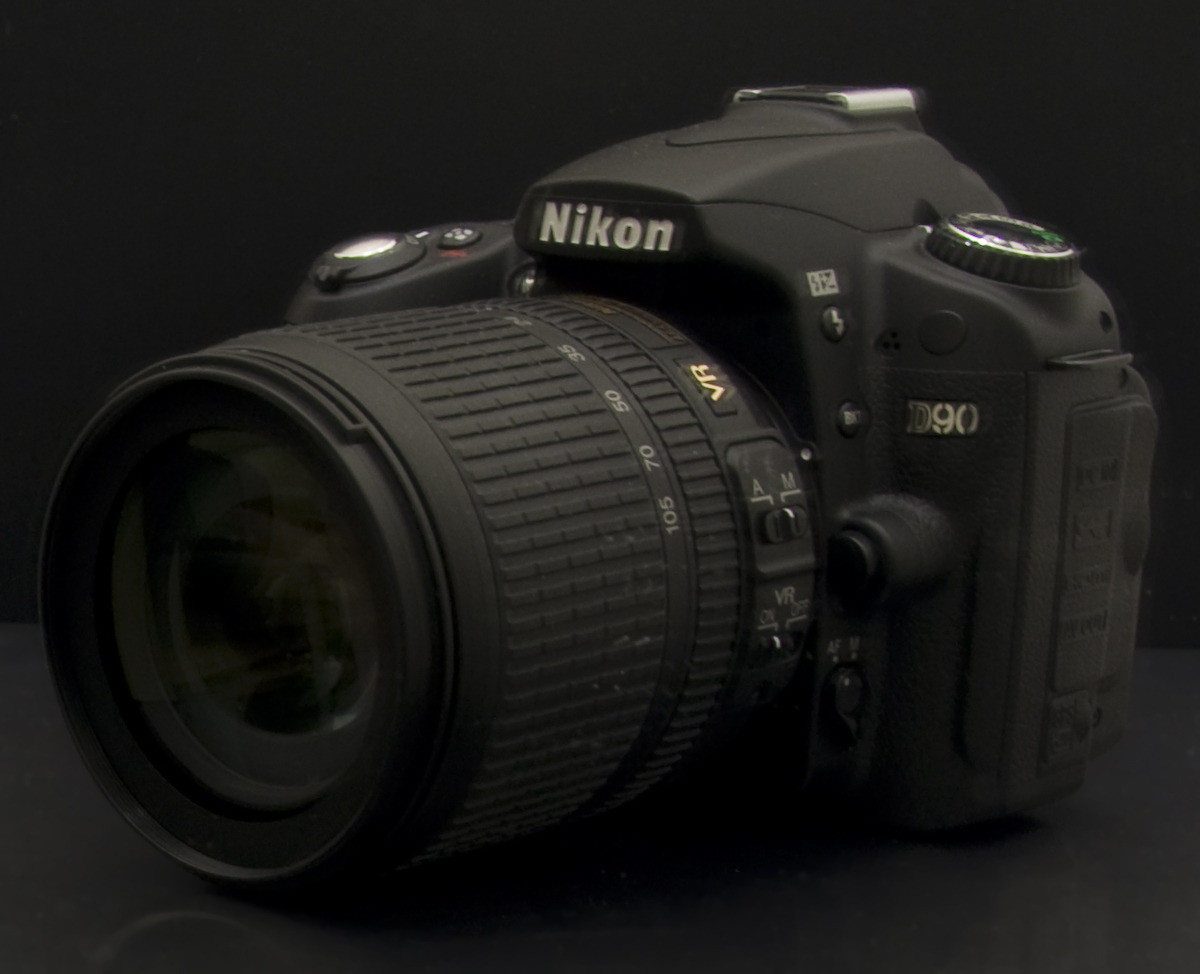
Self-Portrait
- Nikon D90
- 18-105mm f/3.5-5.6G ED AF-S VR DX Nikkor zoom lens
- ISO 200, f10, 0.5 second exposure, 18mm zoom
- Vibration reduction
- No flash
- 6 second timer
- Adobe Photoshop CS 3 crop, noise reduction postprocessing
Using a Point-and-Shoot →
While DSLRs are quickly taking over the world, you can't carry them around. This article from Lifehacker has great tips for getting good shots with the camera that you actually do carry around.

